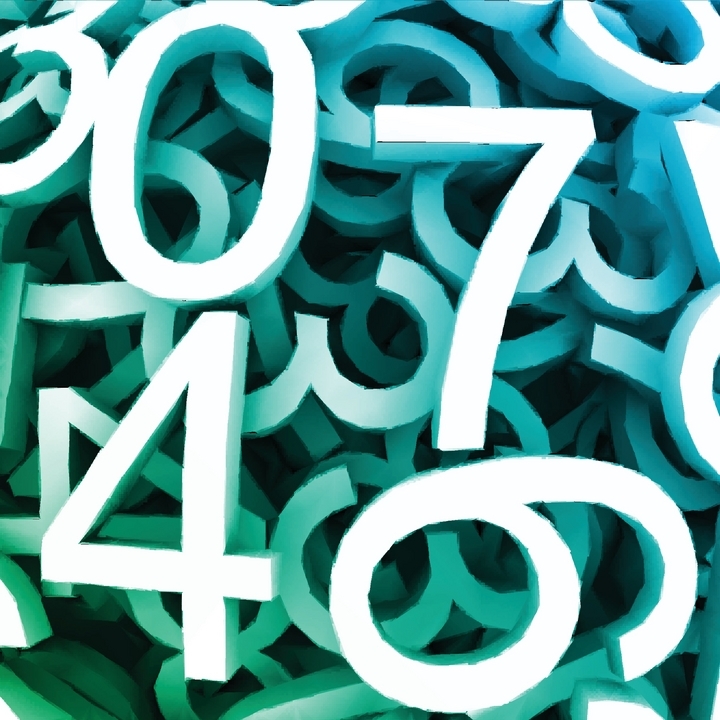What's the Final Number ?
 Consider the set
Consider the set
S = { 1 , 2 1 , 3 1 , 4 1 , ⋯ , 1 0 0 1 } .
Choose any two numbers x and y , and replace them with x + y + x y .
For example, if we choose the numbers 2 1 and 8 1 , we will replace them by 1 6 1 1 .
If we keep repeating this process until only 1 number remains, what is the final number?
The answer is 100.
This section requires Javascript.
You are seeing this because something didn't load right. We suggest you, (a) try
refreshing the page, (b) enabling javascript if it is disabled on your browser and,
finally, (c)
loading the
non-javascript version of this page
. We're sorry about the hassle.
3 solutions
tremendously done
??????????????
Excellent logic!!☺️☺️
Conjecture: If the process is repeated on a sequence { a 1 , a 2 , . . . , a n } , the result is ( a 1 + 1 ) ( a 2 + 1 ) . . . ( a n + 1 ) − 1 .
We proof by induction.
Clearly n = 1 works.
Assume n = k works.
Then we show n = k + 1 works.
Repeating the process on the { a 1 , a 2 , . . . , a k , a k + 1 } k times. WLOG, we let the process be repeated on first k terms. Then, the set becomes { ( a 1 + 1 ) ( a 2 + 1 ) . . . ( a k + 1 ) − 1 , a k + 1 } . Repeating the process once more, we get ( a 1 + 1 ) ( a 2 + 1 ) . . . ( a k + 1 ) − 1 + a k + 1 + a k + 1 [ ( a 1 + 1 ) ( a 2 + 1 ) . . . ( a k + 1 ) − 1 ] = a k + 1 ( a 1 + 1 ) ( a 2 + 1 ) . . . ( a k + 1 ) + ( a 1 + 1 ) ( a 2 + 1 ) . . . ( a k + 1 ) − 1 = ( a k + 1 + 1 ) ( a 1 + 1 ) ( a 2 + 1 ) . . . ( a k + 1 ) − 1
Therefore, by induction, our conjecture is true, and the final number is 2 × 2 3 × 3 4 × . . . × 1 0 0 1 0 1 − 1 = 1 0 0
Can you explain how you conjectured the result?
Log in to reply
x + y + xy + 1 = (x+1)(y+1) x + y + xy = (x+1)(y+1) - 1 Apply this for the first two terms combined with the third: (s1+1)(s2+1) - 1 combined with s3
We have ((s1+1)(s2+1) - 1 + 1)(s3+1) - 1
Which gives (s1+1)(s2+1)(s3+1) - 1
And so on ...
I also considered the pattern of the remained number, similarly with the solution from Michael Mendrin.
Notice the pattern of the remained number.
Consider the polynomial f ( x ) = ( x − 1 ) ( x − 2 1 ) ( x − 3 1 ) ⋯ ( x − 1 0 0 1 ) . By Vieta's formula, the remained number is exactly the value of f ( − 1 ) − ( − 1 ) 1 0 0 and we have f ( − 1 ) − ( − 1 ) 1 0 0 = − 2 ( − 2 3 ) ( − 3 4 ) ⋯ ( − 1 0 0 1 0 1 ) − 1 = 1 0 0 .
First notice that as terms a , b , c , . . . are successively combined, we end up with a + b + c + . . . + a b + b c + c a + . . . . . a b c . . . , so that the final answer is independent of what order the numbers are combined, i.e. symmetric with all the terms a , b , c , . . . . Next, notice that n and 1 / ( n + 1 ) , combined, results in n + 1 . Hence, 1 and 1 / 2 results in 2 , 2 and 1 / 3 results in 3 , etc. The final term after all in S are combined is 1 0 0 .